
views
Locating Your Car in the Moment
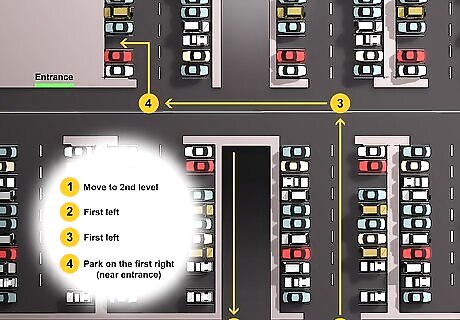
Retrace your steps mentally to help you remember where you parked. Think back to when you drove into the parking lot—do you remember which side you drove towards? How far did you have to walk from your car to the door of the building? Trying to recreate your route to the building will help you remember where the car is parked. If you came out of a different door than the one you entered through, try to navigate back to that door first so that you're more likely to remember your route.
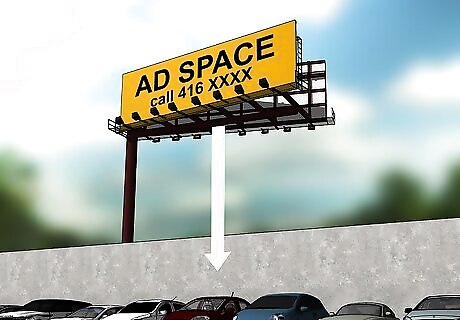
Try to remember any identifying marks. Consider whether you saw anything specific or unique before or after you parked that will help you remember the spot. Were you near a section of trees? Maybe you were close to a shopping cart return or light post. Try to picture the parking spot in your mind. If you parked in a parking deck, try to remember the color of the deck, or how many flights of stairs you walked up or down.
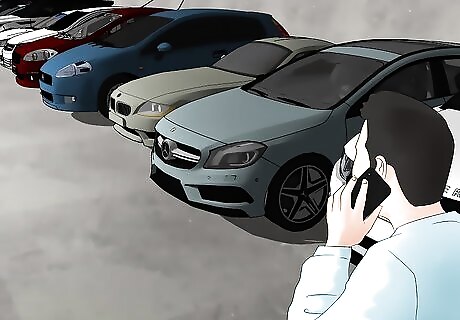
Use a phone to call an attendant for help, if applicable. If you truly have no idea where your car is parked and think you need assistance, many parking lots have signs posted with a number to call for help. Just dial the number on the sign and an attendant will be able to use technology (usually using your license plate number) to help you locate your car. This is most often the case in airport parking lots or other large lots where it can be easy to forget where you've parked.
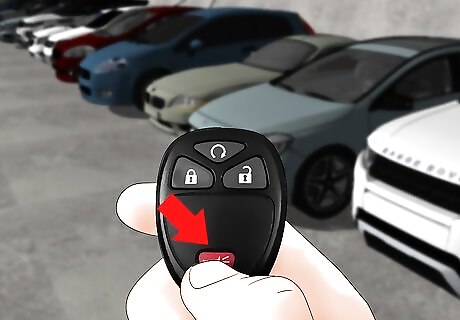
Press your car's panic button. If you have a remote key fob that sets off your alarm or horn, try pressing it to locate the sound of your car alarm. Be prepared to turn your alarm off again promptly, and don't do this in the middle of the night if there are residences close by where people might be disturbed. Remember that if you're not within range, your alarm won't be set off.
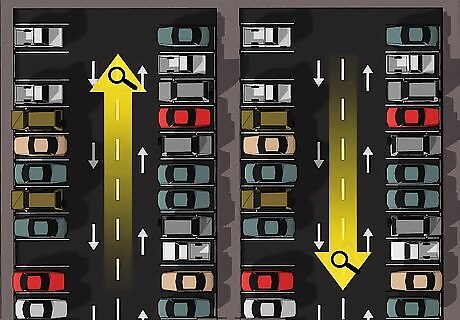
Search for your car up and down the rows of parked vehicles. While this is not the fastest tactic, walking up and down each row of the parking lot is a guaranteed way of finding your car. Start at one edge of the area where you think it might be and be systematic about it - you don't want to walk aimlessly in circles. This strategy works best in smaller parking lots; searching through huge parking lots, or even parking decks, can take a long time if you have no idea where to start.
Parking in an Identifiable Spot
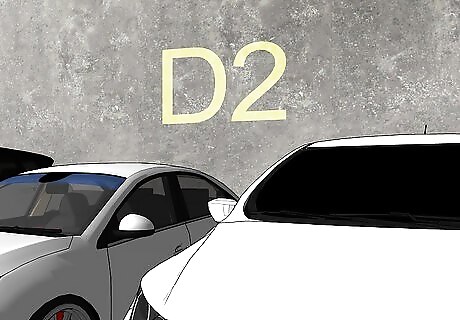
Park your car near an identifying landmark. If you have a choice of where to park, choose a spot near something distinctive. If you park near a vibrant sign, large tree, or tall lamppost, you'll be much more likely to remember where you've parked when you return. The landmark that you pick should be seen from far away so that you'll notice it as soon as you begin looking for your car. Places such as theme parks or superstores often already have landmarks (signs, pillars, lights, etc.) with numbers, letters, or pictures on them in the parking lot to help you remember where you've parked. Many parking structures mark floors, rows, and spaces. If you have cues like these, note them, especially if you will be spending a long time inside.
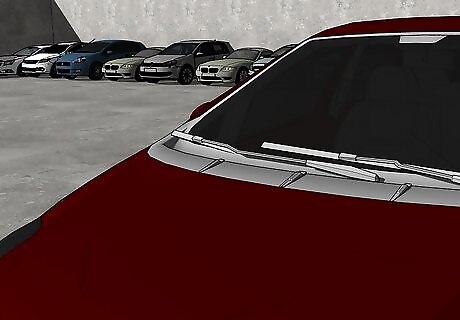
Park away from crowds of other cars. While it's always nice to have a parking spot close to the building's doors, parking away from the rest of the cars will allow you to find your car much more easily. By parking near the opposite edges of the lot, along the side of the building, or in a space where other cars aren't surrounding you, you'll prevent other cars from obscuring your view as you look for your vehicle.

Park your car near the exit. Parking near exit signs is a great way to remember where your car is located - all you have to do is look for the exit. While it's a longer walk to the building, it's often less crowded and makes your car more noticeable when trying to find it. Plus, parking next to the exit will make leaving the lot much quicker.
Remembering Where You Parked
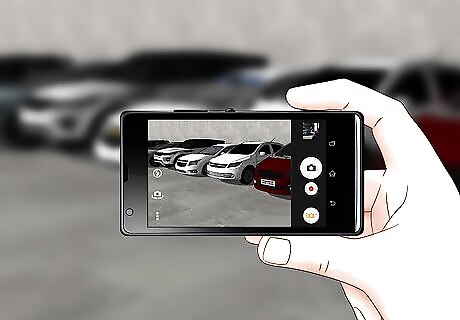
Take a photo or video of where you parked. Using your cellphone's camera to take a picture or video of where you parked is an easy and efficient way of remembering where your car is located. It's an instant reminder, and you can delete the photo or video when it's no longer needed. Make sure to include identifying landmarks next to your car in the picture as well, especially if you are in an unfamiliar place.

Use an app to pin and record your car's location. Almost all cellphones these days have tracking devices on them that allow you to pinpoint your exact location. Simply open the app once you've arrived, drop a pin for the phone's GPS to record your location, and use the pin to lead you back to your car. There are many different apps, such as Google Maps or QuickPark, that will let you use your phone to locate your parked car.
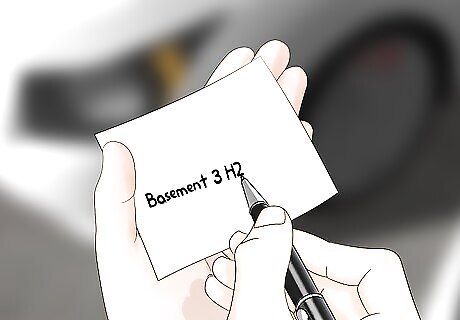
Write down notes reminding you of where you parked. If you have a scrap piece of paper and a pen with you, jot down notes to remind yourself where you've parked. Writing down the landmarks surrounding your car will ensure that you don't forget where it is. If you don't have a piece of paper, texting yourself the information is also helpful. Take a moment to write down your license plate number (if you don't already have it memorized), just in case.
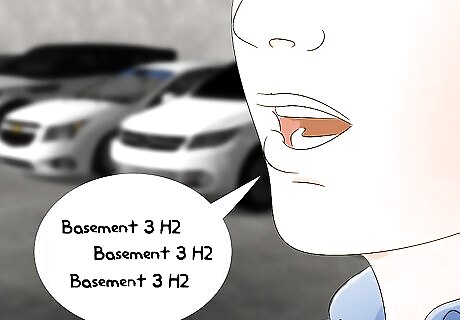
Tell yourself where you've parked out loud. Verbally reminding yourself where your car is can help your brain remember where you've parked. Putting it into words will remind you and any passengers to be conscious of your location. Saying something like, "I am now parking halfway down the row directly under the sign for the beauty parlor" will make you more likely to remember where you've parked. Making up a story or jingle about where you've parked is also a great way to boost your brain's chances of remembering the spot.










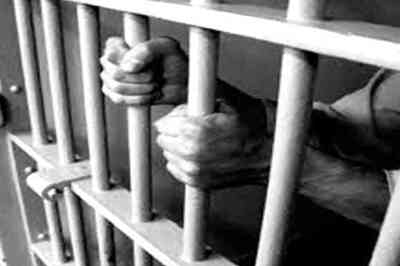









Comments
0 comment